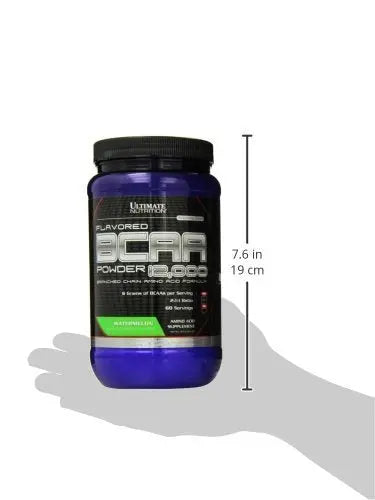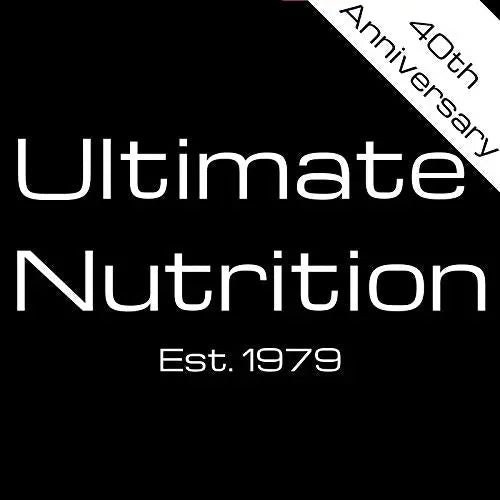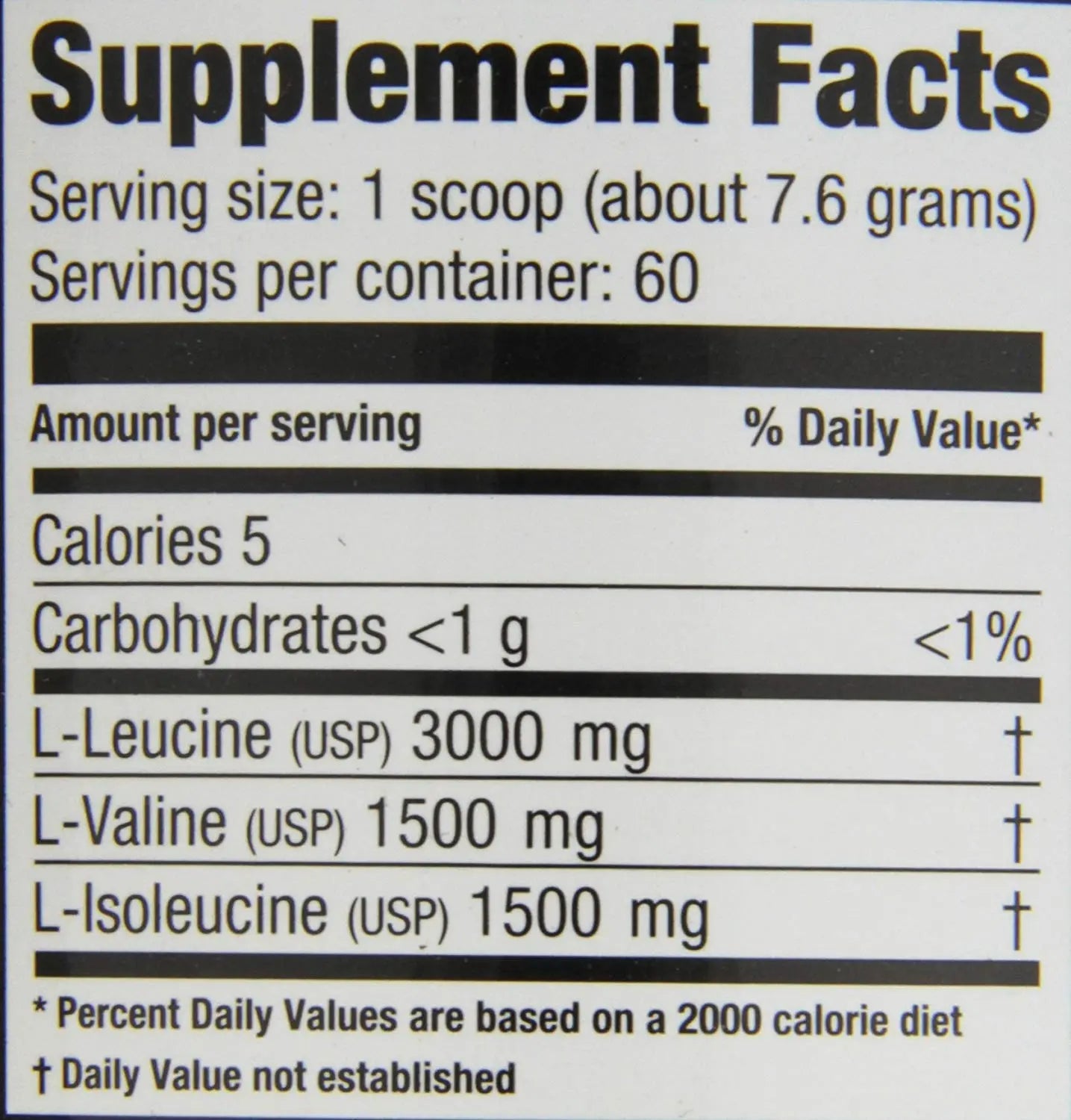Ultimate Nutrition
Ultimate Nutrition 100% BCAA 12000 Flavored
Ultimate Nutrition 100% BCAA 12000 Flavored
YOU SAVE ₹ 640.00 ( 20% OFF )
Couldn't load pickup availability
It has long been established that protein is an essential nutrient that needs to be obtained from our diets. The ultimate value of a protein source is its amino acid composition. Basically, a protein molecule is a long chain of amino acids linked by peptide bonds (i.e., an amino acid linked to another amino acid). Hundreds of different amino acids exist in nature; however, only twenty-two are typically found as components in human peptides or proteins. These amino acids are joined in varying combinations, each having a distinct amino-acid sequence which determines its specific shape and function. Once digested and absorbed, these amino acids play central roles as building blocks of proteins and as intermediates in metabolism, thereby controlling virtually all cellular process and reactions in living cells. Scientists, experts, and medical professionals all agree that getting enough amino acids in one’s diet is an important factor in maintaining proper nutrition. In recent years, especially in the fitness industry, the emphasis has shifted from using protein to consuming specific amino acids.1,2,3 Many physiological processes related to bodybuilding, from energy, recovery, muscle hypertrophy, to strength gains, are linked to amino acids.
Twenty-two amino acids have been identified that are naturally incorporated into polypeptides (i.e., long chain of amino acids) and are called proteinogenic (used in the production of protein). Of the twenty-two amino acids, eight are labelled “essential” amino acids because the human body cannot synthesize them from other compounds, so they must be obtained from our diet. The remaining fourteen amino acids are “non-essential” because they can be made in the body. The term non-essential can be misleading since several amino acids are actually semi-essential in children because the metabolic pathways that synthesize these amino acids are not fully developed.5,6 Even more confusing is the fact that some amino acids become conditionally essential, meaning they are not normally required in the diet but must be supplied exogenously to specific populations that do not synthesize them in adequate amounts. The amounts required also depend on the age and health of the individual, so it is hard to make general statements about the dietary requirement for some amino acids.7,8 This is why you will see some variation in the number of essential and non-essential amino acids printed in articles. Failure to obtain enough of even one of the essential amino acids results in degradation of the body’s proteins (e.g., muscle tissue).
The branched chain amino acids leucine, isoleucine, and valine are classified among the essential amino acids. They are very important for active individuals, bodybuilders, and professional athletes since they influence various aspects of muscle metabolism. The “branched chain” designation refers to their unique chemical structure. The combination of these three BCAAs makes up approximately 1/3 of skeletal muscle in the human body.9 The body requires higher amounts of BCAAs during and following exercise as they are taken up directly by the skeletal muscles versus other amino acids that are first metabolized through the liver. BCAAs are unique in that they can be used to either build new proteins or be burned as fuel to produce energy.10 The largest amounts of BCAAs can be found in dairy (e.g., milk, whey, and casein), red meat, and eggs. Although they are present in all foods containing protein, supplementing your diet with additional BCAAs provides a definite advantage.
The human body requires a steady supply of amino acids since there is a constant flux of protein turnover, especially surrounding exercise. During exercise, increased oxidation of the BCAAs is generally recognized as the signal to the body to stop protein synthesis in the muscles.2 The body uses the BCAAs during exercise to maintain energy and make glucose. After an acute bout of resistance exercise, oxidation continues. Although protein synthesis in skeletal muscle is elevated after exercise, so is protein degradation. In the absence of nutrition, the body will remain in negative nitrogen balance, meaning catabolism (i.e., protein break down) exceeds anabolism (i.e., protein synthesis). Consuming BCAAs before or after exercise can reduce protein breakdown, increase protein synthesis, and stimulate the release of insulin.11-14 Insulin is an anabolic hormone usually associated with building various energy molecules in the body (e.g., glycogen and triglycerides) and with preventing the breakdown of muscle following periods of physical stress (e.g., exercise), thereby preserving muscle mass.13,14 Current research has demonstrated that BCAAs may block what is called delayed-onset muscle soreness following intense training.9
Share



















